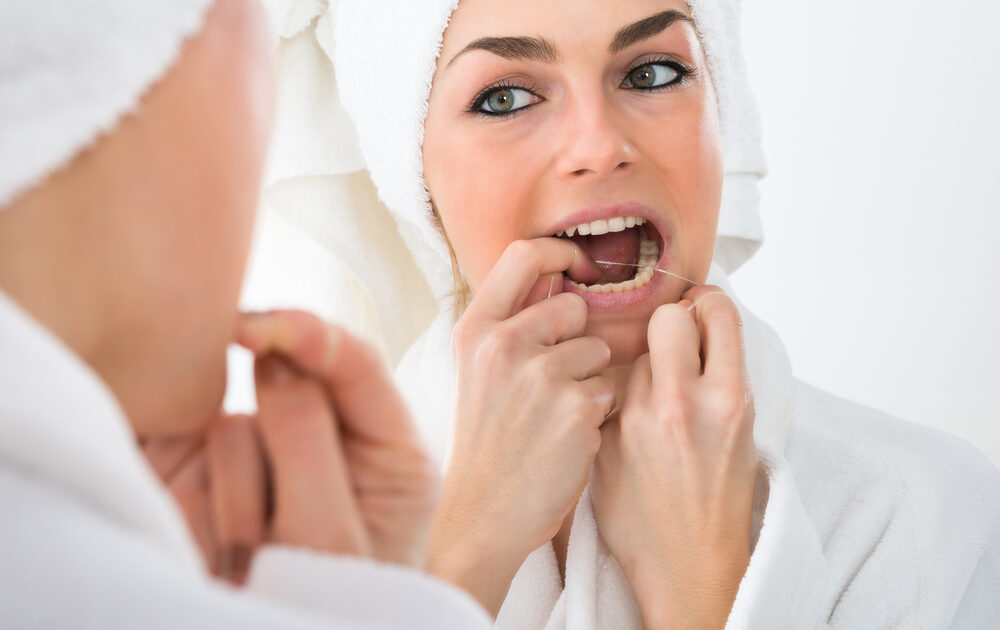How to Floss the Best Way: Keep Your Teeth From Falling Out!

I know what you’re thinking — how can there be a wrong way to floss? You just swish around your teeth and gums with that little minty string and, voila! Clean teeth in under five minutes. Well, we’re here to tell you that there actually is a right way to floss and chances are you probably don’t know how to floss the best way.
First off, we have to remind you that flossing is absolutely not optional — it’s mandatory for keeping your teeth healthy. According to Dr. Susan Maples, a professional who is known for being one of the top eight innovators in U.S. dentistry, flossing is by far the best way to remove attached plaque that accumulates on sides of teeth.
While flossing is, obviously, a great way to keep your mouth healthy, it’s also an important practice that can help you maintain your overall health.
So, let’s get down to the “how to” of it all, courtesy of Dr. Maples…
Maples wants to assure all of us toothed humans that we can use whatever floss strikes our fancy. “Any floss is good floss as long as you use it at least once a day,” Maples says.
When it comes to flossing technique, Maples says that you should create a clear “C” shape around each and every tooth. The motion you should be making while making the “C” shape is up and down — it’s simple! While maneuvering around your teeth, make certain you’re always going below the gum line.
Dr. Maples gets that some people have a harder time flossing than others. Her recommendation for people with deep gum pockets, braces, bridges, or implants, is to use water jets to help suck unattached bacteria from the mouth. The water jet also can reduce your mouth’s bacterial load and the inflammation bacteria can cause.
According to the ADA, it doesn’t matter if you brush or floss first. “Either way is acceptable as long as you do a thorough job. Some people brush their teeth and unfortunately skip flossing because they think their mouth feels clean or they may be short on time or tired and flossing is postponed. That’s not a good idea,” the ADA says.
Finally, Maples says that everyone should be careful when using mouth rinses. Maples warns that some so-called “antimicrobial” bacteria-killing additives are actually dissolved by some washes’ alcohol content. “Long-term swishing of alcohol may increase your chances of oral cancer,” Maples says.
Yikes!
We’ll happily stick to flossing and bushing in the future.
Related on Organic Authority
Nearly One Third of Americans Lie About Flossing Teeth
The Best Homemade All Natural Toothpaste
Image of woman flossing from Shutterstock

